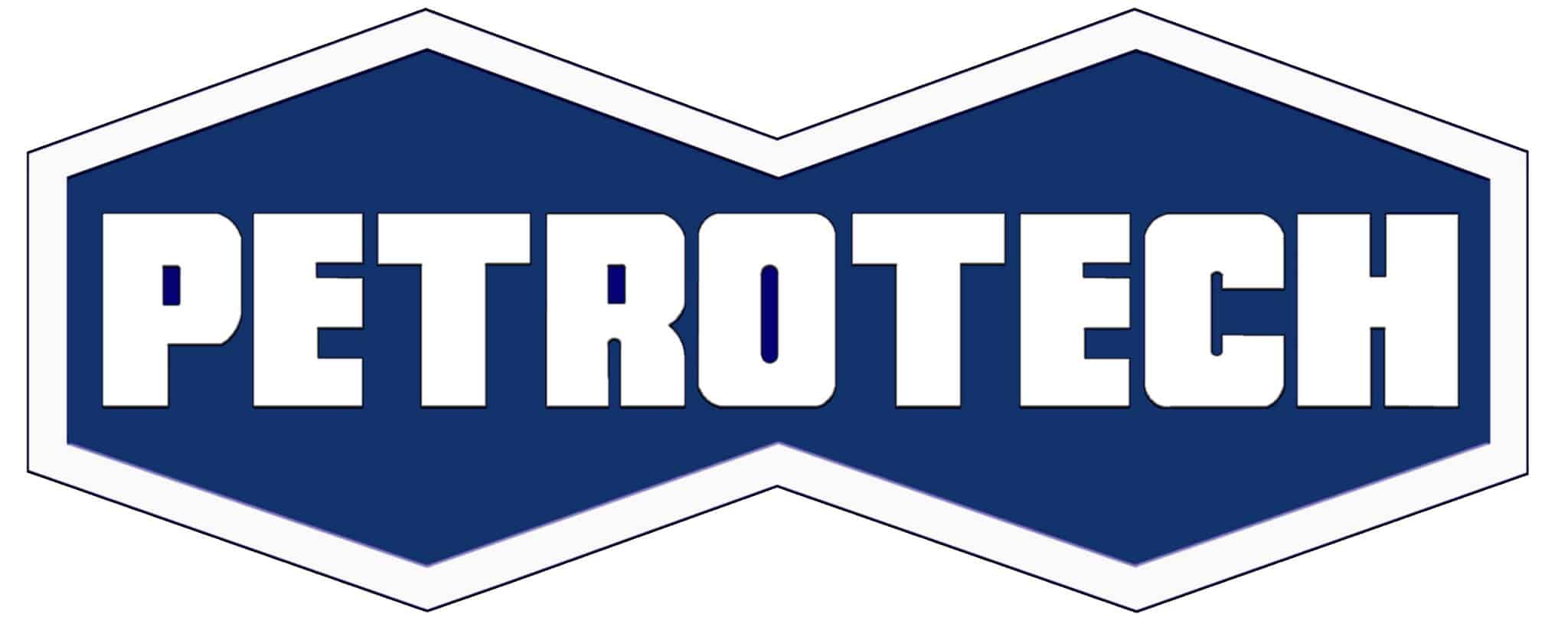Steam turbines play a crucial role in electricity production, providing high efficiency and cost-effective power generation. According to the U.S. Department of Energy, over 88% of the nation’s electricity is produced using steam turbine generators in solar thermal, coal, and nuclear power plants. Their ability to harness thermal energy and convert it into mechanical power makes them a cornerstone of modern energy infrastructure. This article explores how steam turbines work, their historical development, the role of turbine blades, and the importance of advanced control systems in optimizing efficiency.
The First Steam Turbine and Its Evolution
In 1884, Sir Charles A. Parsons developed the first modern steam turbine, generating just 7.5 kW of power to light an exhibition in Newcastle, England. Today, large-scale power plants use steam turbines capable of generating over 1,000 MW, highlighting their tremendous technological advancement.
Despite these massive efficiency gains, the core design remains largely unchanged. Parsons’ invention was based on Carnot’s Theorem and the Second Law of Thermodynamics, which state that higher steam temperatures improve power plant efficiency.
By applying these thermodynamic principles, steam turbines have become the preferred method for large-scale electricity production.
How Turbines Work to Capture Energy from Steam?
Water boils at 100°C, expanding into steam as molecules move apart rapidly. This expansion creates high-pressure vapor, which is harnessed to generate mechanical energy.
When high-temperature steam enters a turbine, it forces the rotating blades to spin, transferring kinetic energy into mechanical work. The turbine shaft connects to a generator, where magnetic fields create an electric current, ultimately producing usable electricity.
However, the immense pressure inside steam turbines requires careful control. Failure to regulate pressure can lead to dangerous conditions, as seen in historical incidents like the Three Mile Island nuclear power plant accident, where excessive steam buildup led to mechanical failure.
This highlights the importance of precise turbine controls to ensure safe and efficient operation.
How Steam Turbine Blades Extract Energy
Turbine blades are critical components that manage steam flow, speed, and pressure. Large-scale steam turbines have multiple sets of blades, each designed to extract energy efficiently while controlling pressure reduction.
Each stage of the turbine reduces steam pressure incrementally, preventing excessive force buildup and improving energy conversion efficiency. This multi-stage design minimizes mechanical stress on the blades and ensures optimal turbine performance.
By carefully controlling steam expansion across multiple blade stages, turbines achieve higher efficiency and reduced wear on mechanical components.
The Importance of Flexible Control Systems for Steam Turbines
Steam turbines operate in demand-driven environments, where power plants must adjust energy output in real-time. To maintain stability and efficiency, turbines require sophisticated control mechanisms to regulate:
- Steam flow rates.
- Temperature adjustments.
- Rotational speed optimization.
- Load balancing for power grid stability.
Without advanced control systems, steam turbines can experience inefficiencies, increased wear, and potential mechanical failures. Implementing flexible, automated control solutions ensures seamless turbine operation under varying load conditions.
How Petrotech’s Advanced Control Systems for Steam Turbines Work to Improve Efficiency
Steam turbines may appear mechanically simple, but their precise operation demands intelligent control solutions. At Petrotech, we offer state-of-the-art steam turbine control systems designed to enhance efficiency, reliability, and performance. Our solutions include:
- Integrated control packages for speed and capacity management.
- Automated monitoring and diagnostics to reduce downtime and maintenance costs.
- Real-time turbine performance optimization.
- Advanced protection mechanisms to prevent overpressure and mechanical failures.
- Seamless integration with existing power plant infrastructure.
With thousands of successful installations worldwide, Petrotech helps power producers maximize steam turbine performance while ensuring long-term reliability and safety.
Explore our white papers on Advanced Steam Turbine Controls or contact us today to discover how Petrotech can optimize your energy production!


